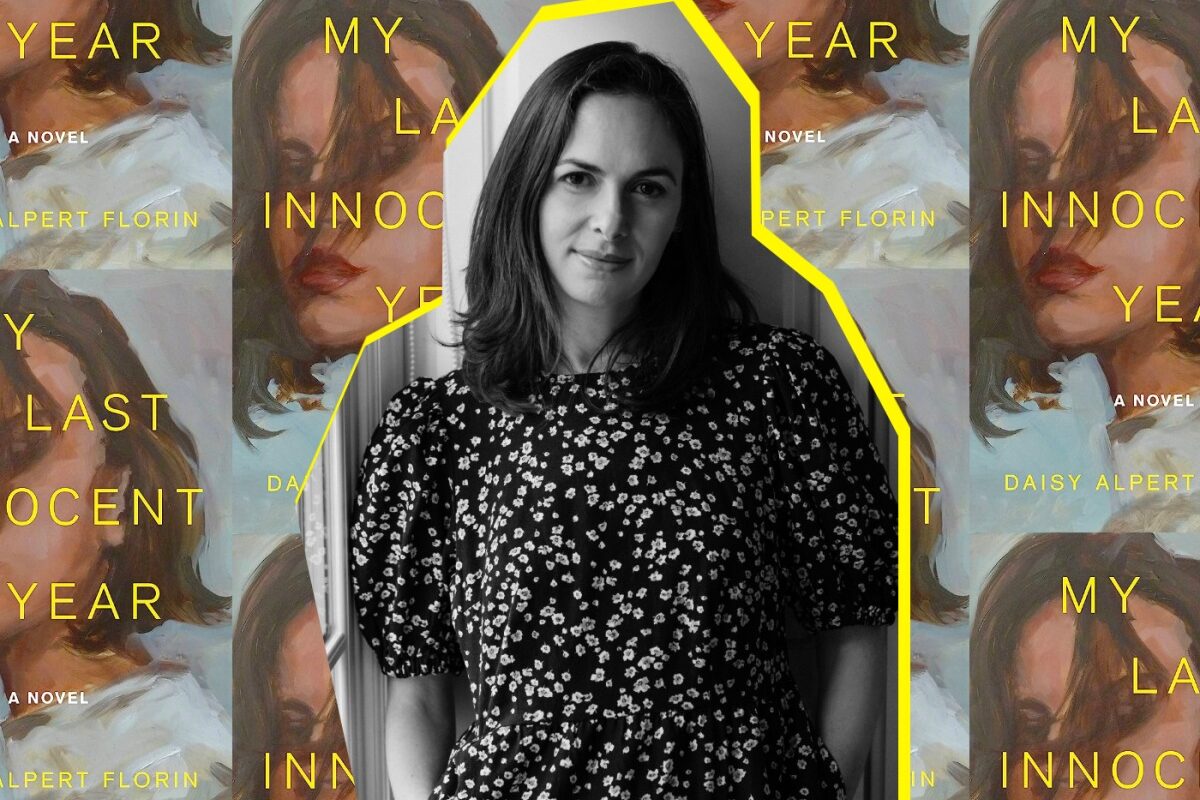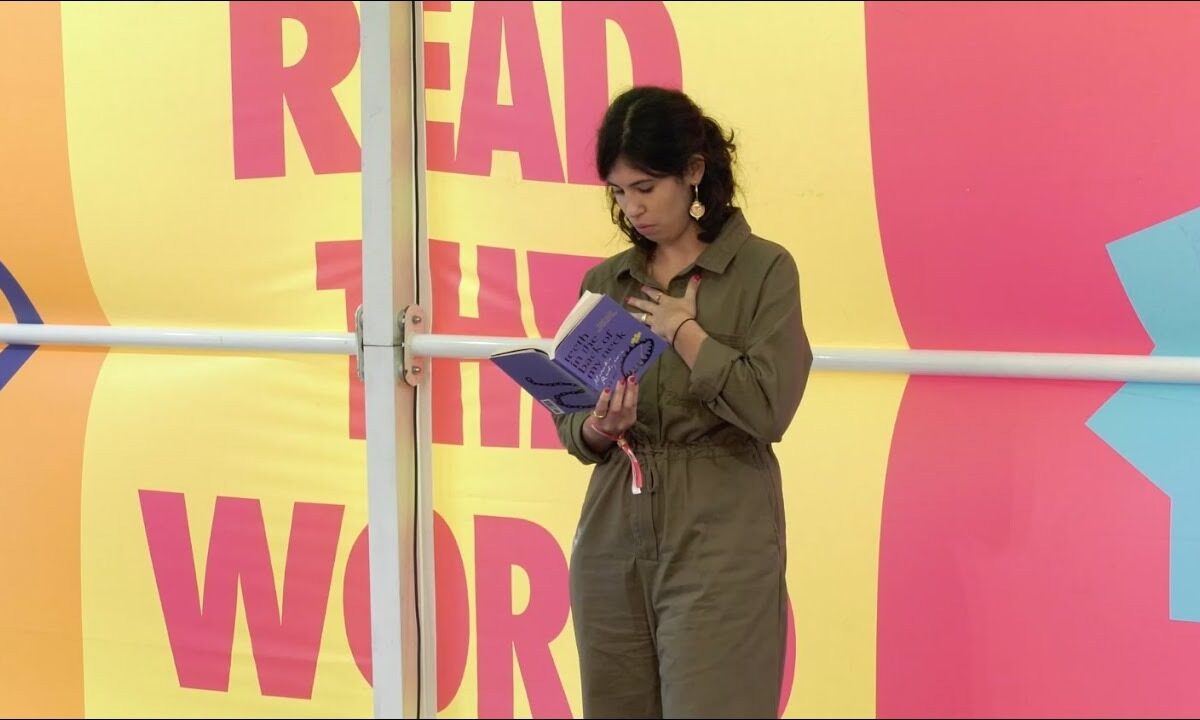I find beach towns fascinating, especially outside the high season. They have something incredibly theatrical. Freshly repainted and tidy for the first visitors who will arrive at the beginning of summer. There is a new group of performers who are employed as salesmen and reception staff. Then when the tourist audience leaves and the show is over, things get really interesting.
Like a theater, these enjoyment venues will become even more fascinating if you take a look behind the scenes. Where dust accumulates and cracks appear, you can see the real history of a place.
When I started my research at the pier of the Brighton Palace, I very quickly realized that there was once a theater at the end. Not just any theater-it was described as the most beautiful preserved theater at the end of a pier in the country just before its demolition.

Even his disappearance from the pier in the 1980s – before a planned restoration – was shrouded in Magical. As a listed building, it should have been safe and standing to this day. But unlike many “lost” theatres in the UK that have been demolished or rebuilt, this one seems to live up to its “lost” nickname by simply being relocated by its owners.
As lovers of theaters who had worked there throughout my professional career, chance seemed to come in as soon as I discovered this “lost” place.

Everything else fit together: the story, the characters, who the killer was. What a stroke of luck! All I had to do was write it down and give it a title: Dead on the pier.
Suffice it to say that I am not the only writer who draws inspiration from Brighton. Here are some other great books I’ve read that have a connection to the beach town.
The Brighton Rock by Graham Greene

I read Graham Greene’s legendary novel in Brighton and wrote my own because it takes place in a similar time-but with a much darker tone. The film was also a great resource, some parts of which played on the palace pier and from time to time contained tempting glimpses of the theater.
The film also has theatrical roots, with Richard Attenborough and many actors reprising their roles, having appeared in a West End adaptation of the book a few years earlier. Attenborough returned to film in Brighton more than twenty years later, this time in the director’s chair, for his directorial debut “Oh What a beautiful War”, which used the interiors of the Palace Pier Theater – another bonus for my own research.
While the menacing Pinkie – a teenager responsible for a gang of delinquent- plays the main role in this book, it is Brighton himself who delivers the character. The obvious contrasts of the smiling tourist crowd and the shabby delinquent world, existing side by side, underline the entire book with anxious tension.








